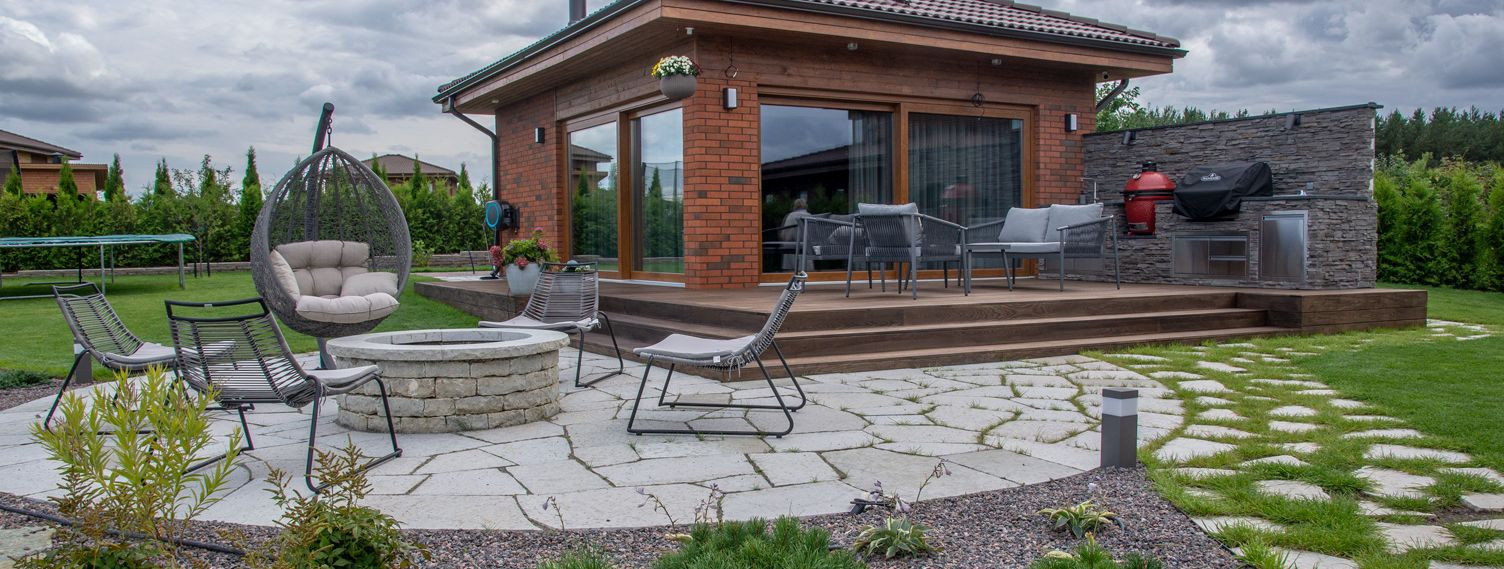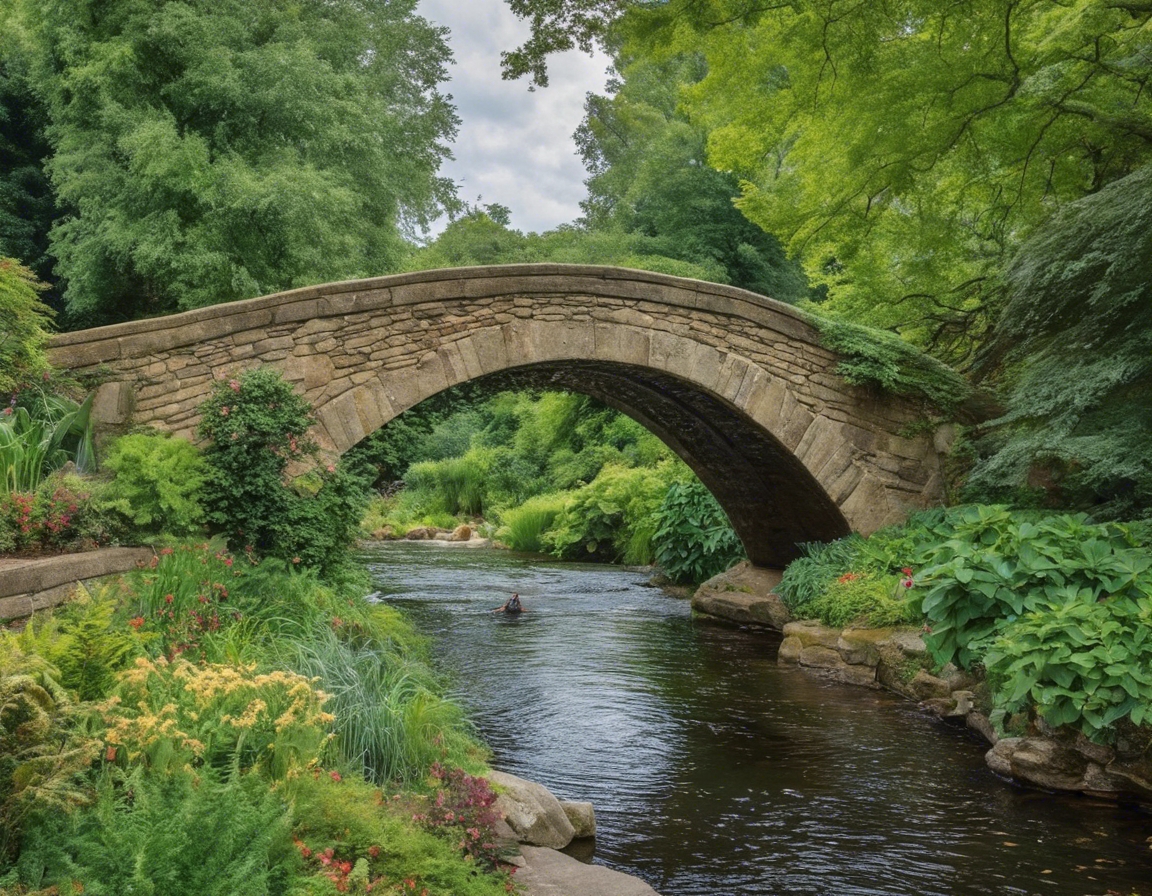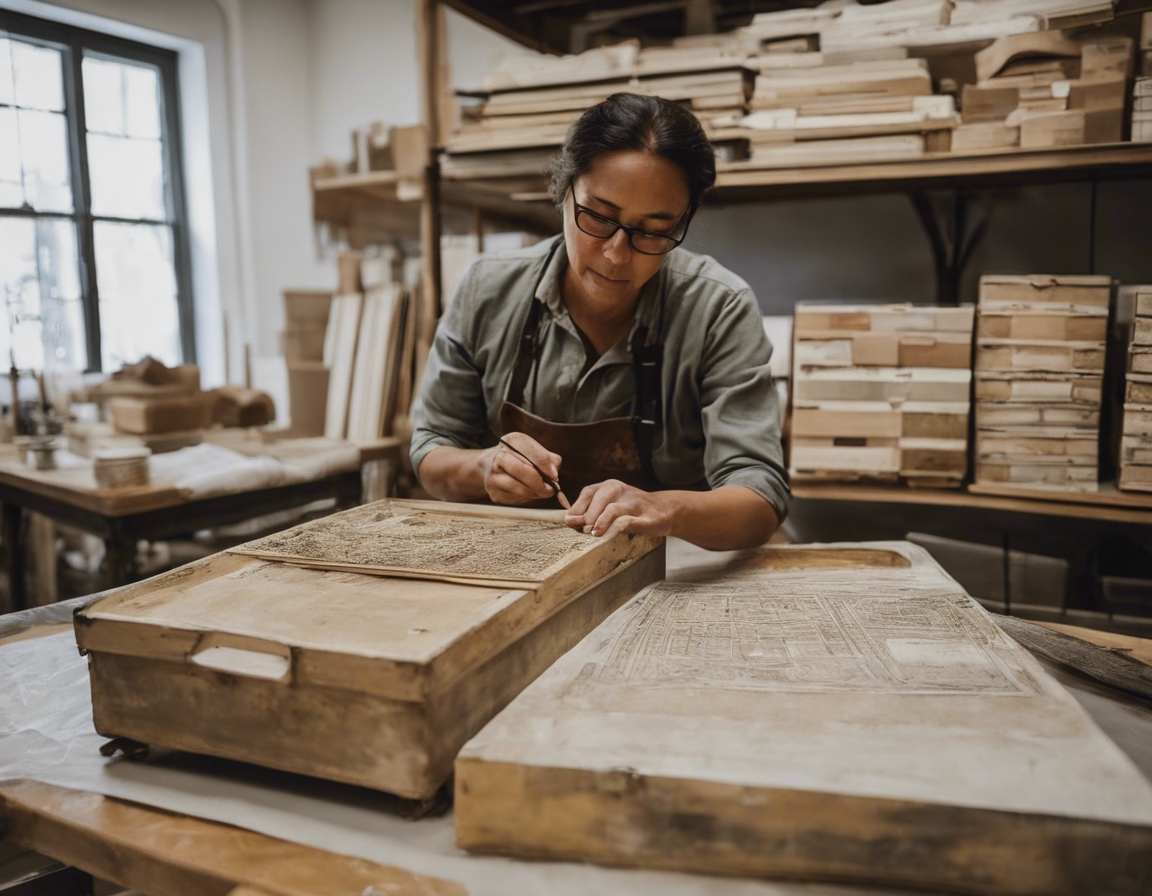5 tips for integrating heritage into your garden design
Integrating heritage into your garden design not only pays homage to the past but also enriches the present by creating a space that resonates with history and culture. For those who cherish the legacy of their land and community, incorporating elements of heritage can transform a garden into a living narrative. Here are five tips to seamlessly blend tradition with tranquility in your garden.
Understanding Heritage and Its Importance in Garden Design
Heritage refers to the traditions, artifacts, and values passed down through generations. In the context of garden design, it encompasses the natural and man-made elements that reflect the history and culture of a place.
Heritage elements in a garden can create a sense of continuity, connecting the past with the present. They add depth and character to the landscape, inviting reflection and appreciation for the journey of the land and its people.
Tip 1: Research and Reflect Local History
Begin by delving into the history of your region. Visit local museums, talk to historians, and read about the area's past. This knowledge will serve as the foundation for your garden's design narrative.
Use materials and plants that are indigenous to your area or have historical significance. This not only supports local ecosystems but also ensures that your garden is a true reflection of the region's heritage.
Tip 2: Use Traditional Garden Layouts
Investigate traditional garden layouts that were prevalent in your area. Whether it's a formal Baroque garden or a rustic cottage garden, these styles can provide a template for your own design.
While respecting traditional layouts, consider the practicalities of modern life. Adapt the design to accommodate contemporary needs while maintaining the historical essence.
Tip 3: Incorporate Heritage Plants and Heirlooms
Select plants that have been grown in the area for generations, known as heritage or heirloom plants. These species not only carry historical value but are also well-adapted to the local climate.
By cultivating heirloom varieties, you contribute to the preservation of biodiversity and botanical heritage. These plants often have unique qualities and stories worth preserving.
Tip 4: Add Historical Features and Artifacts
Incorporate architectural elements from the past into your garden design. This could include stone walls, wrought iron gates, or antique sculptures that resonate with the area's history.
Artifacts such as old farm tools, vintage pots, or historical markers can be used as focal points in your garden, each telling a part of the story of your heritage.
Tip 5: Celebrate Cultural Traditions Through Garden Elements
Integrate cultural symbols and motifs that are meaningful to your community into the garden design. This could be through plant choices, garden structures, or decorative elements.
Design areas of your garden for activities that celebrate cultural traditions, such as a space for Midsummer bonfires or a quiet corner for traditional tea ceremonies.








Comments (0)